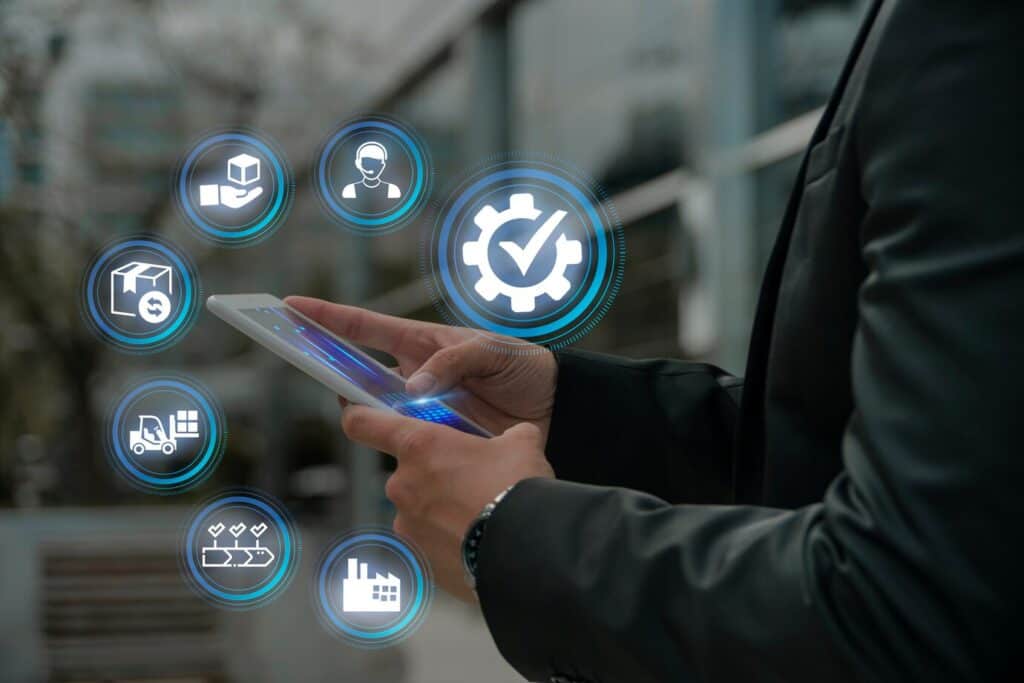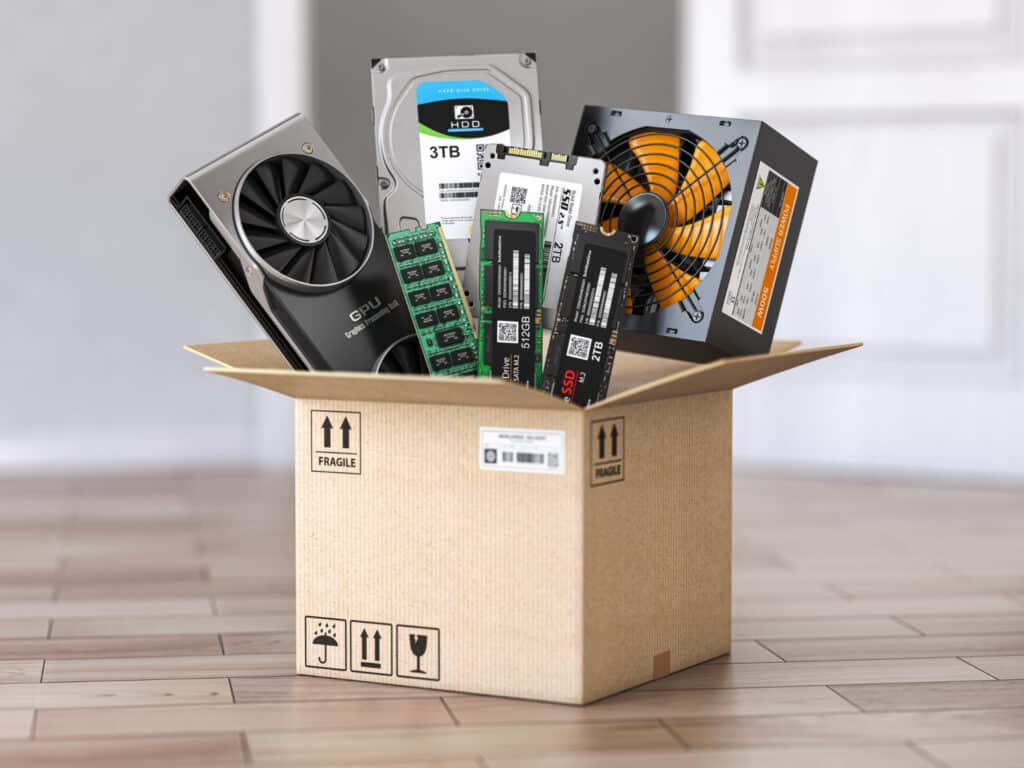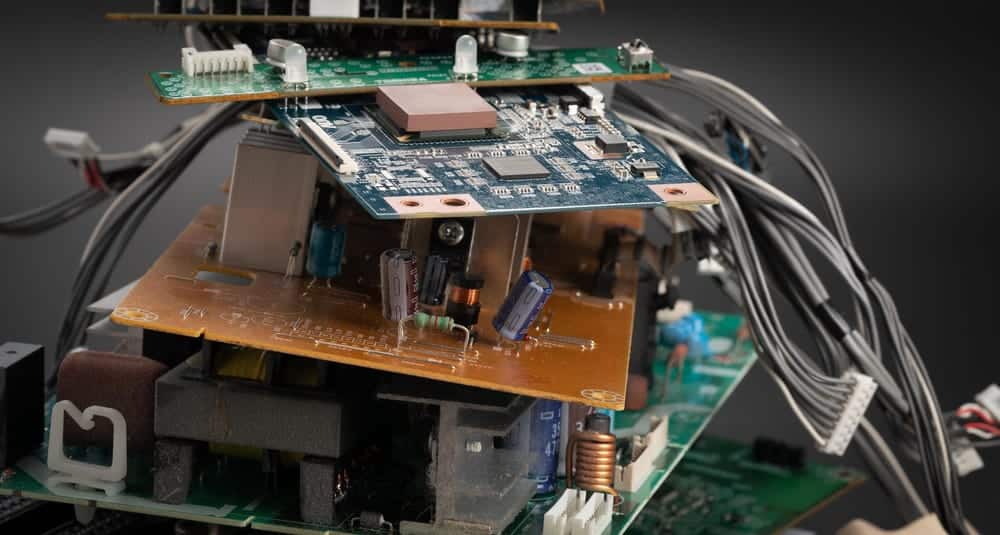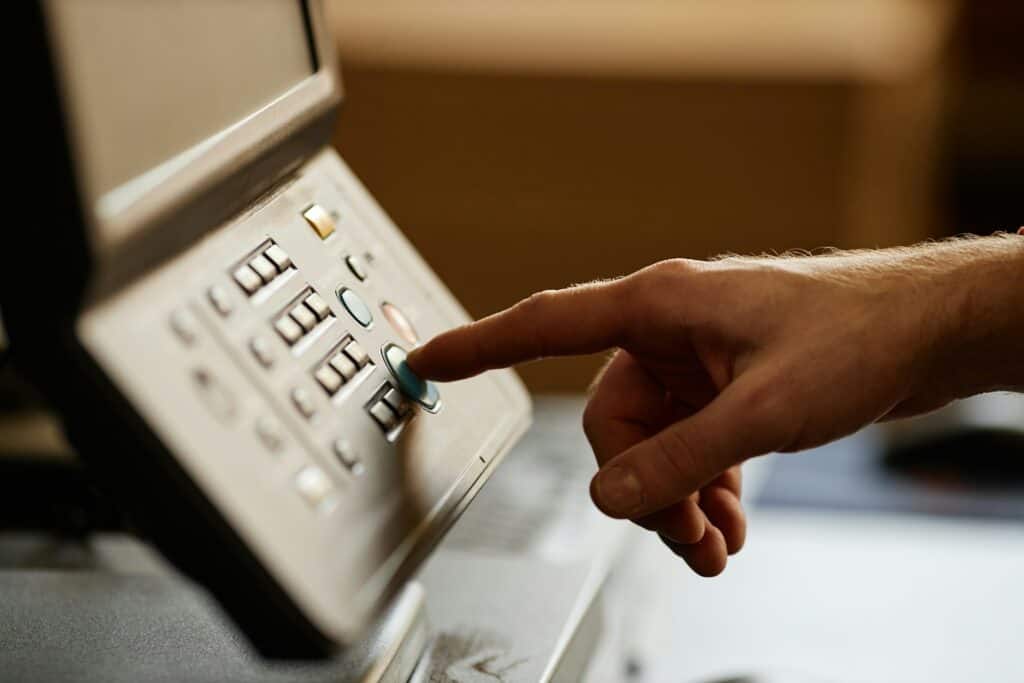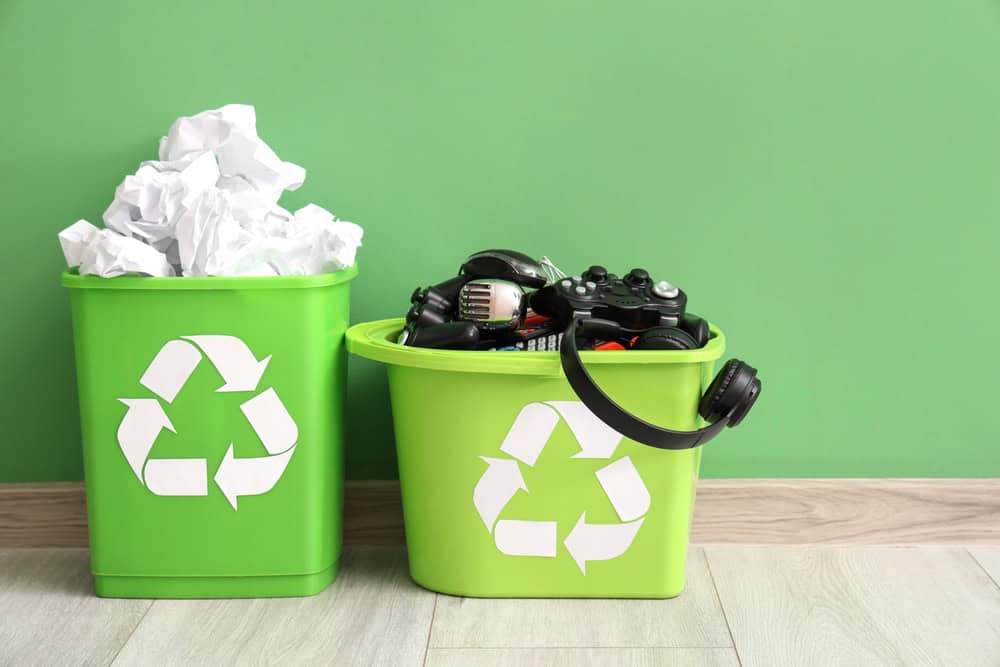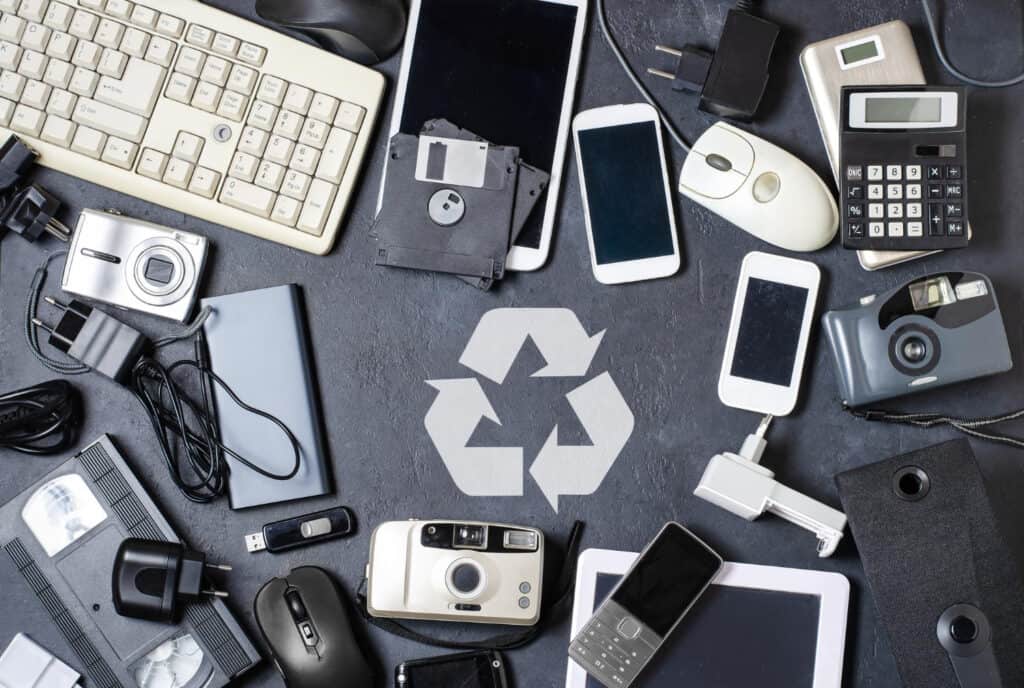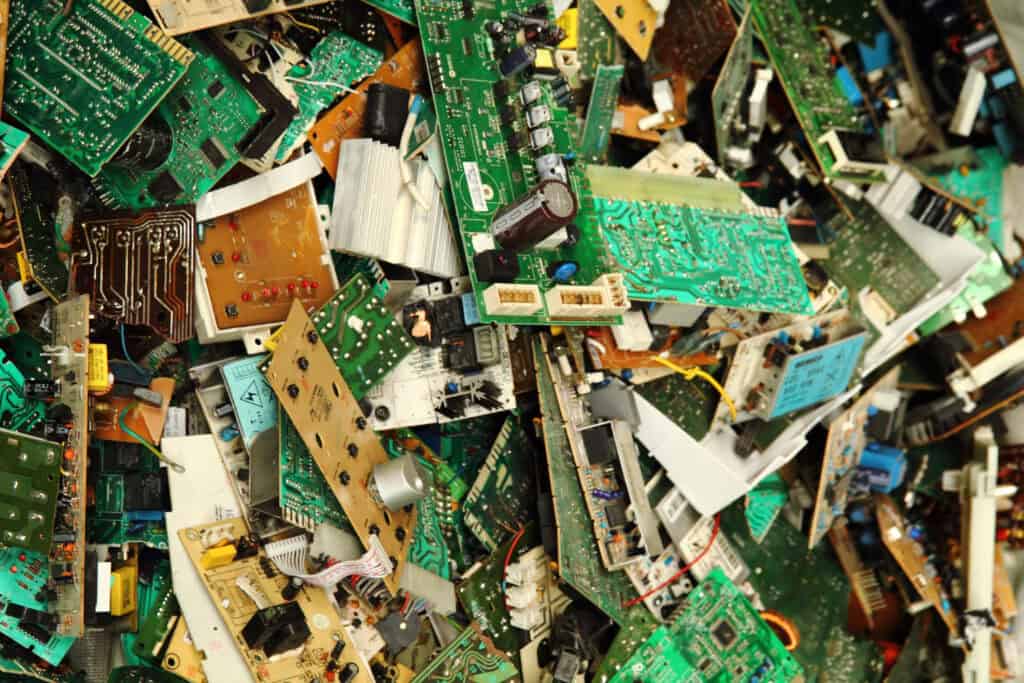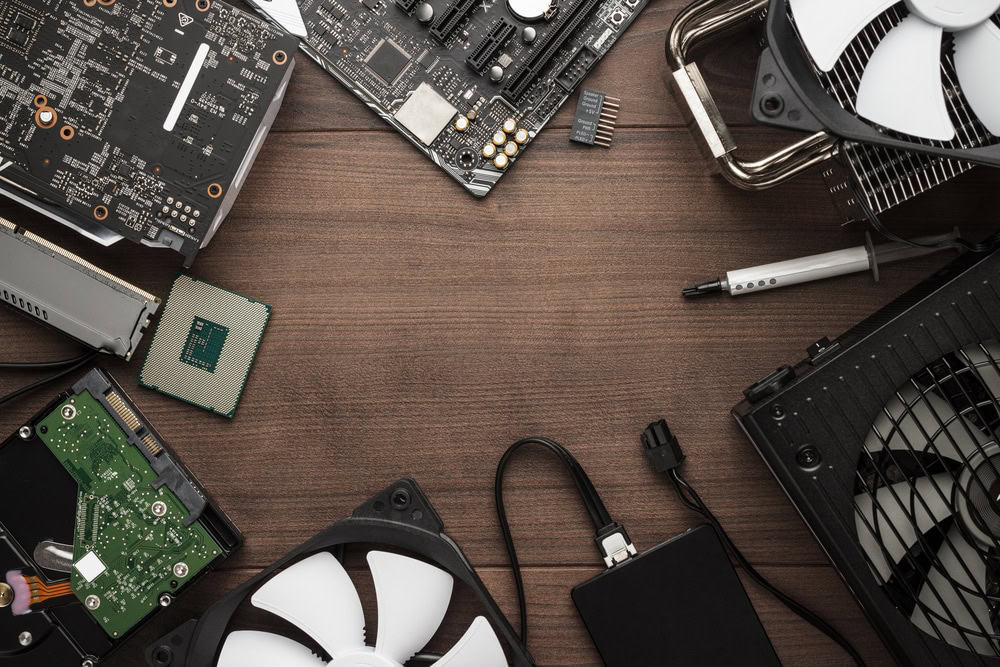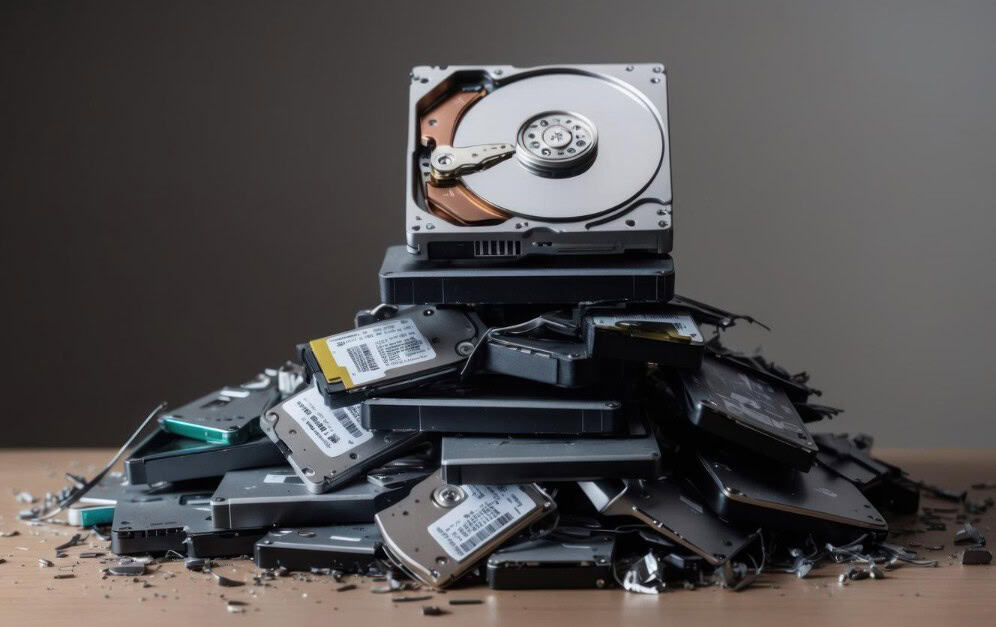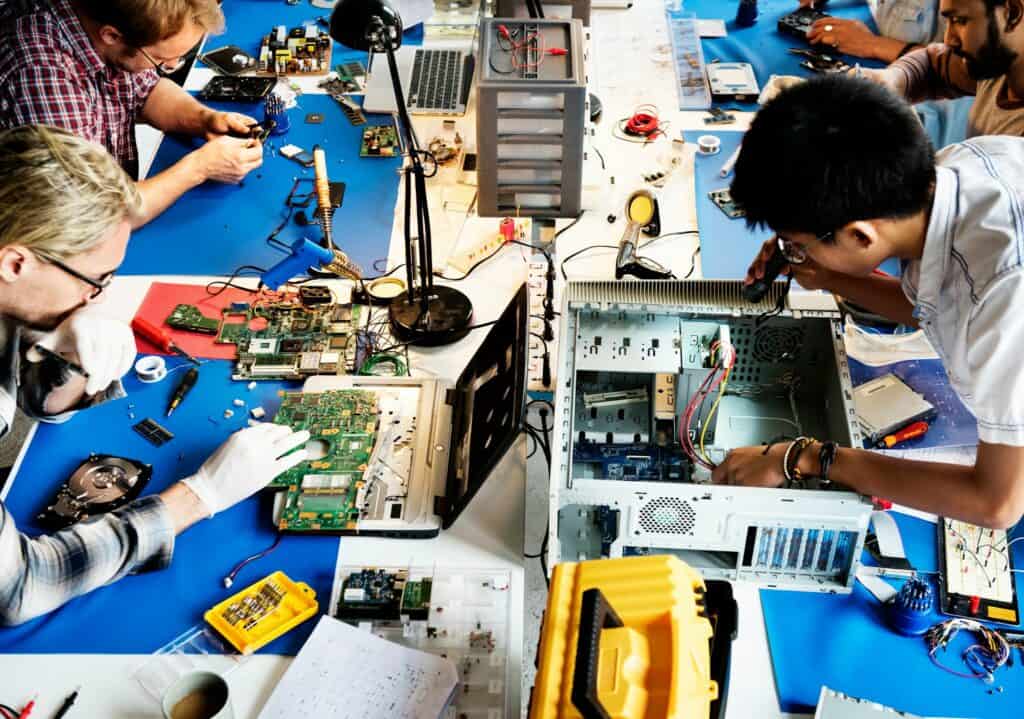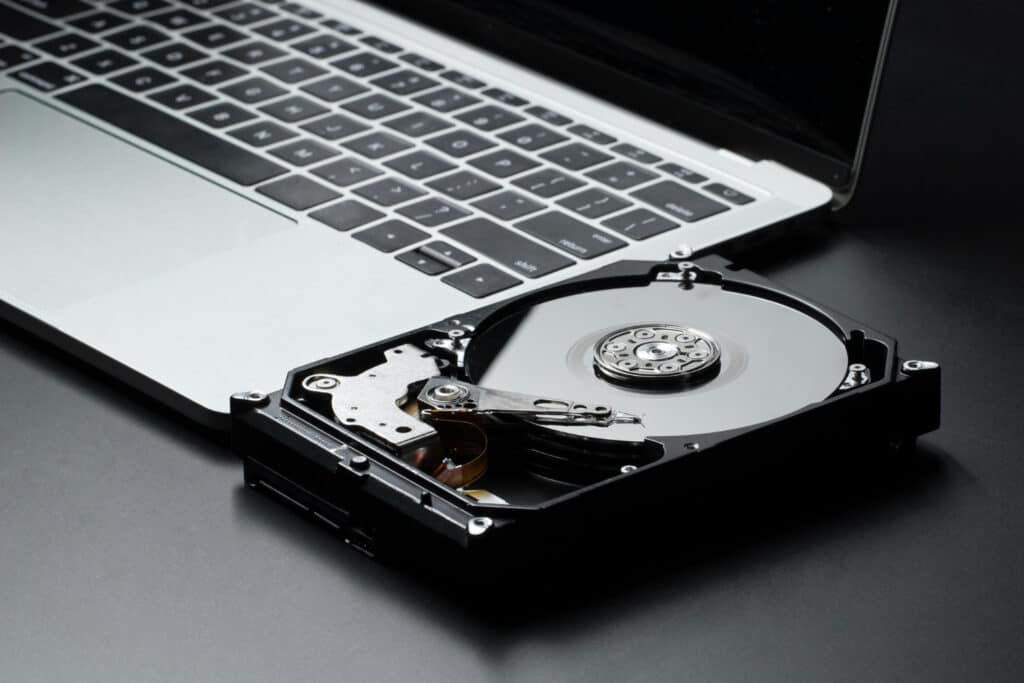Reverse logistics plays a crucial role in handling electronic waste. As more gadgets fill our lives, the challenge of disposing of them responsibly grows. Reverse logistics helps tackle this issue by managing the return journey of electronics once they reach the end of their life.
When electronics are no longer useful, they shouldn’t just end up in landfills. Instead, they can be collected, sorted, and recycled efficiently. This not only helps the environment but also preserves resources. Companies can leverage reverse logistics to manage their e-waste, ensuring safe and sustainable disposal of obsolete items.
Understanding reverse logistics is essential for businesses and consumers alike. It offers a path for handling electronics responsibly, benefiting both the planet and the economy. With proper reverse logistics, we can recycle and reuse materials, turning what was once waste into valuable resources.
What is Reverse Logistics for Electronics?
Reverse logistics for electronics involves the process of returning products from the consumer back to the producer or a designated recycling facility. This is not just about sending things back; it’s a structured approach to managing the entire lifecycle of electronic products. As gadgets quickly become obsolete, reverse logistics helps in reclaiming valuable materials, reducing waste, and optimizing resource use.
This practice plays a crucial role in electronic recycling. It ensures that when a product is no longer required, it is retrieved safely and managed responsibly. Effective reverse logistics means obsolete electronics are collected systematically, preventing harmful e-waste from polluting the environment. This approach minimizes landfill contributions and promotes sustainability by recycling valuable components.
Reverse logistics serves as a key process in handling e-waste. Electronics often contain toxins which can harm the environment if disposed of improperly. This method controls these risks by organizing and planning the safe disposal and recycling of electronic waste. Through reverse logistics, companies and consumers both play an essential part in creating a more sustainable future by promoting the responsible recycling of outdated technological items.
Key Components of Reverse Logistics in Electronics
Successful reverse logistics require various components working smoothly together. Collecting and transporting used electronics forms the backbone of this system. Businesses and consumers need convenient options to send back old gadgets for recycling. Collection points and specialized logistics ensure these items reach the right place for processing.
Another vital component is sorting and processing end-of-life products. Once collected, electronics must be categorized to determine the suitable recycling methods. Different items need specific handling to retrieve valuable materials like metals and plastics, which can be reused in other products.
An often overlooked aspect of reverse logistics is data security. When electronic devices are returned, they may still contain personal and sensitive information. Managing this data securely is essential. Through careful data wiping and secure data destruction, companies keep consumer information protected throughout the reverse logistics process.
These components are fundamental to an effective reverse logistics system. By focusing on efficient collection, detailed sorting, and rigorous data security, reverse logistics can significantly reduce the environmental impact of e-waste and promote a circular economy for electronics.
Benefits of Reverse Logistics for Businesses
Reverse logistics offers numerous benefits to businesses willing to adopt this strategy. One significant advantage is cost savings and increased efficiency. By streamlining the return and recycling processes, companies can recover materials and reduce the cost of raw material purchase. This system also helps optimize operations, enabling faster turnaround times and reducing storage needs.
Environmental impact is another compelling benefit. Reverse logistics supports sustainability by minimizing waste and promoting the reuse of materials. Companies involved in recycling electronics can contribute positively to the environment by ensuring fewer products end up in landfills. This eco-friendly approach also helps in recycling valuable components, extending their lifecycle.
Enhancing brand reputation is a critical aspect of reverse logistics. Businesses that actively participate in recycling and waste reduction are viewed as responsible and forward-thinking. Customers tend to trust brands that demonstrate a commitment to sustainability and environmental care. This positive image can lead to increased customer loyalty and attract new environmentally conscious consumers.
Through reverse logistics, businesses not only gain operational benefits but also contribute to a healthier planet and establish themselves as leaders in corporate responsibility.
Challenges and Solutions in Reverse Logistics
Implementing reverse logistics can present several challenges to businesses. Common obstacles include managing complex logistics for collecting and transporting returned items, ensuring data security, and efficiently processing the vast array of returned electronic products.
However, there are strategies to overcome these challenges. Businesses can streamline logistics by establishing clear channels for returns, like pre-paid shipping options or dedicated drop-off locations. These methods simplify the return process for consumers and ensure products are handled appropriately. Collaboration with experienced recycling partners can significantly ease logistical burdens.
Technology plays a key role in optimizing reverse logistics processes. Advanced tracking systems and automated data deletion tools help manage inventory and ensure data security. These technological tools allow for more precise sorting and processing of electronic returns.
By identifying potential challenges and employing smart solutions, businesses can create a robust reverse logistics system. Embracing innovation and strategic planning ensures efficiency and effectiveness in turning used electronics into valuable resources.
Conclusion
Reverse logistics for electronics is more than just a method for handling returns; it’s a critical part of sustainable business practices. By efficiently collecting, recycling, and securely processing electronic waste, companies can contribute to a cleaner environment while reaping economic benefits. This system not only boosts operational efficiency but also enhances brand reputation, demonstrating a commitment to environmental responsibility.
As technology advances, the role of reverse logistics becomes even more significant. Automation and new tracking technologies offer exciting opportunities for companies to improve their logistics efforts. Businesses that adapt and optimize their reverse logistics processes can stay ahead, turning challenges into opportunities and e-waste into valuable materials.
Learn how ReWorx Recycling can help you manage your electronics responsibly. With services tailored to ensure secure, efficient, and environmentally friendly electronics recycling in Atlanta, we partner with you to support your sustainability goals. Reach out today and discover how we can help transform your reverse logistics approach for a greener future.
